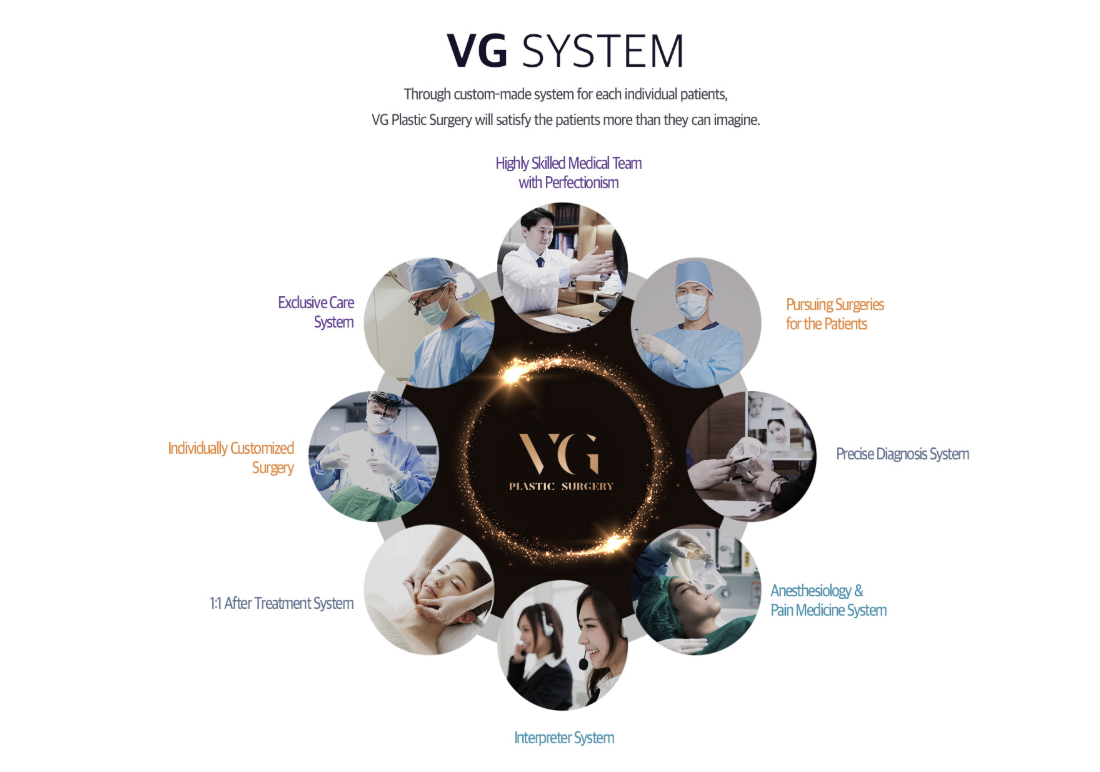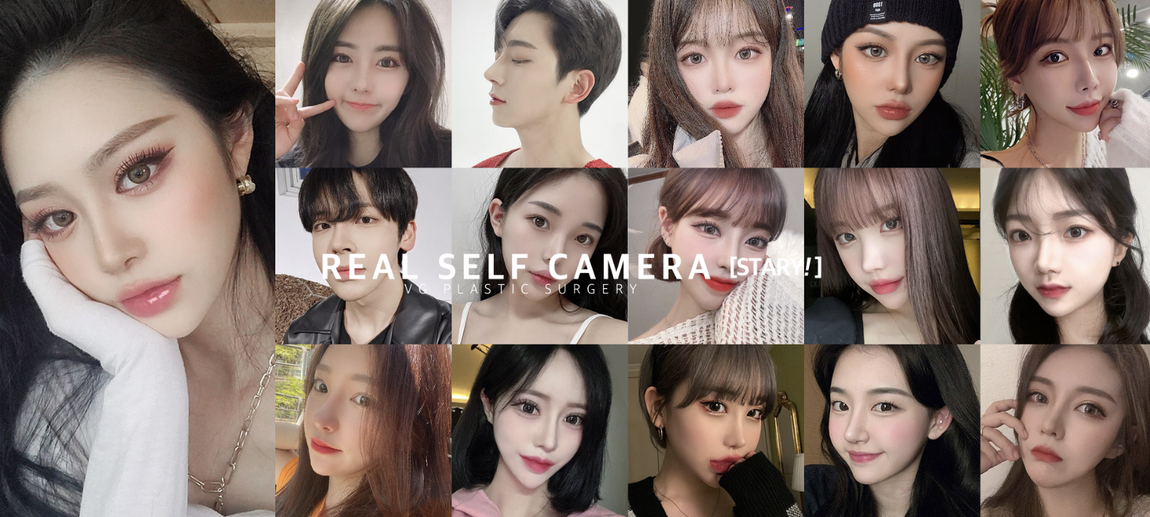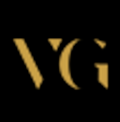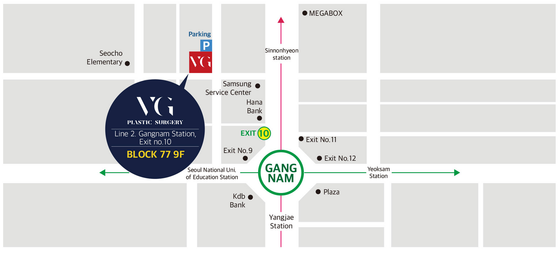Rhinoplasty Korea
Very Good
Plastic Surgery
in Gangnam, Seoul
Discover top nose surgery clinics and expert surgeons at Very Good Plastic Surgery in Gangnam, Seoul. Achieve safe, natural results with advanced techniques and transparent rhinoplasty costs.
Gangnam Very Good Plastic Surgery
What is Rhinoplasty?
Rhinoplasty, commonly known as a "nose job," is a surgical procedure aimed at altering the shape of the nose by modifying its bone or cartilage structure. This surgery can be performed for cosmetic reasons—to enhance the nose's appearance—or for functional purposes, such as improving breathing difficulties.
In Seoul, South Korea, Dr. Im Young-min is a distinguished board-certified plastic surgeon with over 18 years of professional experience. As the director of VG Plastic Surgery Center, he specializes in facial and body reconstruction procedures, including rhinoplasty, facial surgery, reconstructive, and cosmetic surgery. Dr. Im is recognized for his compassionate and empathetic approach, ensuring personalized care tailored to each patient's unique needs.
Patients considering rhinoplasty often have various cosmetic or functional concerns. Dr. Im Young-min's extensive expertise and patient-centered philosophy make him a reputable choice for those seeking rhinoplasty and other plastic surgery procedures in Seoul.
Why Consider Rhinoplasty Surgery?
The nose plays a significant role in facial balance and aesthetics. Common reasons patients opt for rhinoplasty include:
Appearance concerns after trauma
Breathing difficulties
A noticeable hump in the side profile
Issues with the nasal tip, such as a boxy or drooping appearance
Types of Nose Surgery in Korea (By Shape & Concern)
1. Wide Nose Rhinoplasty
- Targets: Wide nasal bridge or base
- Technique: Osteotomy (bone narrowing), alar base reduction
- Goal: Slimmer, more defined nose for better facial balance
2. Short Nose Correction
- Targets: Upturned or overly short nose (often due to genetics or previous surgery)
- Technique: Cartilage grafting (ear or rib), tip lengthening
- Goal: Natural-looking nose length and improved side profile
3. Bulbous Tip Rhinoplasty
- Targets: Round, thick, or droopy nose tip
- Technique: Tip refinement using sutures or cartilage reshaping
- Goal: Sharper, more defined nasal tip without appearing artificial
4. Flat Nose Bridge Augmentation
- Targets: Low or undefined nasal bridge (common among East Asian patients)
- Technique: Silicone implant, Gore-Tex, or autologous cartilage graft
- Goal: Higher, more elegant nose bridge with smooth transition to forehead
5. Hooked Nose Correction
- Targets: Dorsal hump or hooked appearance
- Technique: Hump removal and bridge reshaping
- Goal: Smoother nasal profile and better symmetry
6. Crooked Nose / Deviated Septum
- Targets: Nose that appears slanted or has breathing issues
- Technique: Septoplasty, osteotomy, structural correction
- Goal: Straighter nose and improved nasal airflow
7. Upturned Nose Revision
- Targets: Nose tip pointing too high (pig-like appearance)
- Technique: Cartilage extension grafts, tip repositioning
- Goal: Natural downward angle of the nose tip
8. Long Nose / Droopy Tip Correction
- Targets: Excessively long nose or tip that pulls downward when smiling
- Technique: Cartilage trimming, muscle release
- Goal: Shorter, more refined nose with lifted tip
9. Alar Base Reduction (Nostril Reduction)
- Targets: Wide or flared nostrils
- Technique: Excision at nostril base or inside folds
- Goal: Narrower nostrils and more refined nasal width
10. Columella Correction (Hanging or Retracted)
- Targets: Visible hanging columella or hidden columella between nostrils
- Technique: Cartilage reshaping or extension grafts
- Goal: Balanced nostril shape and improved profile
11. Nasal Tip Rotation
- Targets: Tip angle that’s too upturned or downturned
- Technique: Cartilage grafts, sutures, and tip support
- Goal: Ideal tip rotation that suits facial features
12. Nasal Tip Projection Enhancement
- Targets: Flat or under-projected nose tip
- Technique: Cartilage grafts (usually ear or septal)
- Goal: Lifted, more prominent tip with natural angles
13. Thick Skin Nose Surgery
- Targets: Skin that hides underlying definition (common in some ethnicities)
- Technique: Tip refinement, support structure reinforcement
- Goal: Sharper definition without over-tightening the skin
14. Over-Projected Nose Reduction
- Targets: Nose that sticks out too far from the face
- Technique: Cartilage and bone reduction
- Goal: Softer, more proportional profile
15. Under-Projected Nose Augmentation
- Targets: Nose that appears flat or lacks forward projection
- Technique: Bridge and tip augmentation
- Goal: Balanced depth and definition
16. Asymmetric Nose Correction
- Targets: Uneven nostrils, tip, or bridge
- Technique: Bone/collagen reshaping and cartilage grafting
- Goal: Improved symmetry while preserving natural uniqueness
17. Ethnic Rhinoplasty
- Targets: Nose reshaping that respects ethnic identity (e.g., East Asian, African, Middle Eastern)
- Technique: Customized augmentation, reduction, or refinement
- Goal: Enhanced harmony while maintaining cultural aesthetics
18. Non-Surgical Rhinoplasty (Filler Nose Job)
- Targets: Minor shape corrections without surgery
- Technique: Hyaluronic acid dermal fillers
- Goal: Temporary improvement of bridge height or minor symmetry issues
19. Revisional Rhinoplasty
- Targets: Correction after a previous unsatisfactory nose surgery
- Technique: Scar tissue removal, reconstruction, or re-augmentation
- Goal: Functional and aesthetic improvement with greater complexity
20. Nasal Valve Correction (for Breathing Issues)
- Targets: Internal valve collapse or airway obstruction
- Technique: Functional septoplasty, spreader grafts
- Goal: Improved nasal airflow and structure support
Dr. Im Young-min M.D
- Doctor of Medicine
Resume and Qualifications
- Completed residency and residency program at Seoul St. Mary's Hospital
- Specialist in plastic surgery at Seoul St. Mary's Hospital
- Visiting professor at Seoul St. Mary's Hospital's plastic surgery department
- Former director of Top Face Plastic Surgery
- Former director of JK Plastic Surgery
- Clinical assistant professor at St. Mary's Hospital
- Full member of the Korean Society of Plastic Surgeons
- Full member of the Korean Society of Aesthetic Plastic Surgery
- Full member of the Korean Society of Plastic and Reconstructive Surgery
- Full member of the American Society of Aesthetic Plastic

We Welcome
Local Expats - Travelers - International Patients
Call Us for a Free Consultation:
+82-10-7593-7501
Very Good Rhinoplasty Surgery: Dedicated Care for International Patients from Around the World
At Very Good Rhinoplasty Surgery, we take pride in delivering exceptional care to international patients seeking rhinoplasty and nasal enhancement procedures. Here’s how we ensure a seamless and comfortable experience for our global clientele:
English-Speaking Staff: Our multilingual team, fluent in English, ensures effective communication at every step, from your initial consultation to post-procedure support.
Personalized Virtual Consultations: We provide convenient video consultations, allowing you to explore treatment options and receive expert guidance from the comfort of your home.
Tailored Medical Travel Support: From visa assistance and accommodation recommendations to airport transfers, we handle the details to make your visit stress-free and enjoyable.
Comprehensive Aftercare Services: Our dedicated team offers detailed recovery instructions and follow-up consultations, ensuring a smooth healing process, even after you return home.
Transparent Pricing: We provide clear and upfront treatment plans with no hidden fees, empowering you to make informed decisions with confidence.
Experience world-class rhinoplasty services with Very Good Rhinoplasty Surgery in Gangnam, where your comfort, safety, and satisfaction are
always our top priorities.

What Our Patients Say About Their Nose Jobs

Frequently Asked Questions
about Rhinoplasty
Gangnam Rhinoplasty Clinic - VERYGOOD Rhinoplasty Surgery
At Very Good Rhinoplasty Surgery, we understand that prospective patients often have numerous questions about rhinoplasty. Below are some frequently asked questions to help you make an informed decision:
Q1: What is rhinoplasty?
Rhinoplasty, commonly known as a "nose job," is a surgical procedure aimed at reshaping or resizing the nose for aesthetic enhancement or to improve nasal function. It can address issues such as nasal asymmetry, bumps on the bridge, or breathing difficulties.
Q2: Am I a suitable candidate for rhinoplasty?
Ideal candidates are individuals in good overall health, with fully developed facial structures (typically aged 16 or older), and realistic expectations about the outcomes. A consultation with our specialists can determine your suitability for the procedure.
Q3: What does the procedure involve?
Rhinoplasty can be performed using either an open or closed technique. The choice depends on the specific changes required and is determined during your consultation.
Q4: How long is the recovery period?
Initial recovery typically takes 1 to 2 weeks, during which swelling and bruising subside. Most patients can resume normal activities after this period, but complete healing and final results may take up to a year.
Q5: Are there risks associated with rhinoplasty?
As with any surgery, rhinoplasty carries potential risks, including infection, bleeding, or dissatisfaction with the aesthetic outcome. Choosing an experienced surgeon significantly minimizes these risks.
Q6: Will there be visible scars?
In closed rhinoplasty, incisions are made inside the nostrils, leaving no visible scars. Open rhinoplasty involves a small incision on the columella, which typically heals well and becomes barely noticeable over time.
Q7: How should I prepare for the surgery?
Pre-operative instructions may include avoiding certain medications, refraining from smoking, and arranging for post-surgery transportation and care. Detailed guidelines will be provided during your consultation.
Q8: When can I expect to see the final results?
While initial improvements are noticeable once swelling subsides, the nose continues to refine over several months. Final results are typically evident within 6 to 12 months post-surgery.
Q9: How much does rhinoplasty cost?
The cost varies based on the complexity of the procedure and individual patient needs. A personalized quote will be provided after your consultation.
Q10: How do I schedule a consultation?
You can contact our clinic directly via phone or through our website to arrange a consultation with our experienced surgeons.


